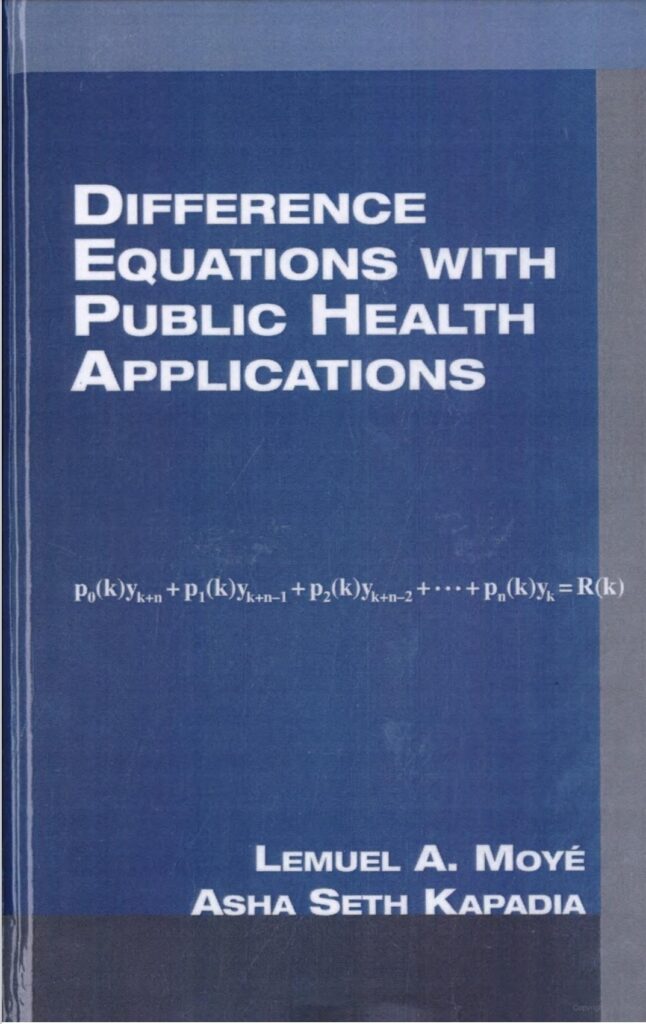
Difference equations are an integral part of the undergraduate and graduate level courses in stochastic processes. Instruction in difference equations provides solid grounding for strengthening the mathematical skills of the students by providing them with the ability to develop analytical solutions to mathematical and probabilistic prediction models of dynamic systems. Difference Equations with Public Health Applications is a new contribution to didactic textbooks in mathematics, offering a contemporary introduction and exploration of difference equations in public health.

Excerpt from Difference Equations
Introduction
Chapter 6 served as a brief review of the theory of runs, or the consecutive occurrence of events in a sequence of Bernoulli trials. During this process we developed a family of difference equations denoted by Ri,k(n). From this family of equations, we were able to compute the probability distribution of the number of failure runs of a given length. With access to hydrology data from the state of Texas, we were able to verify that the distribution of drought lengths observed in Texas in the early to middle 20th century was what we might predict from the Ri,k(n) model. This was a gratifying finding since we were particularly concerned about the applicability of the assumption of applying independence across Bernoulli trials to the model.

The purpose of this chapter is to further elaborate the difference equation approach to run theory by providing a specific application to the prediction of droughts. The T[K,L](n) model mentioned in the previous chapter will be the focus of the mathematical developments of this chapter. In order to confirm the ability of a difference equation model to predict droughts, this system of difference equations must be motivated and solved.
[
